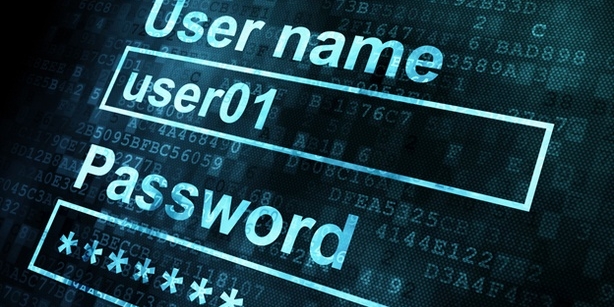1. Picture Passwords Are Easily Cracked
Windows 8 has introduced a new picture based authentication process. The way it works is that you draw 3 points on an image of your choice to log in; similar to Android’s swipe lock screen. This was supposed to be a significant improvement over Android’s version because it supports 3 random points chosen by the user. However due to human nature, we tend to choose points of an image that stand out thus making it easier for someone to guess our ‘picture password’ versus guessing a text based password. According to a study presented by Arizona State University and Delaware State University researchers say we tend to choose eyes, nose, lips or other notable features such as edges and corners depending on the photograph. This facet of human nature potentially increases the risk of hacking picture based passwords. So be careful when choosing your points!
2. Old Windows Viruses Can Affect Windows 8
The amount of users running Windows 8 is still relatively small compared to previous generations, so one would assume that it is less of a target for hackers right?.. Wrong! Recently it was found that Viruses that were designed and built to exploit Windows 7 vulnerabilities also worked on Windows 8 without any alteration. So has Microsoft simply put a new GUI on Windows 7 and thrown it out to us with all all the flaws and bugs simply inherited? There have been a tremendous amount of Windows viruses floating around from the Windows XP days and potentially, all of these could affect a Windows 8 system. We would hope that viruses made for versions of Windows prior to XP would not work on Windows 8; we would prefer not to be the ones to test that statement. Better be safe than sorry and keep your antivirus up to date.
3. Security Chip Built Into Windows 8 PCs Can Be Hacked
TPM 2.0 otherwise known as Trusted Platform Module is a small chip that comes as standard with some Windows 8 PCs. It has the ability to take over and interact with certain groups of security applications and hardware. According to the German Government Technology Agency the chip itself was designed to increase security but they said it can lead to an even more accessible system if it became compromised. They didn’t give any details as to how – as that information becoming public knowledge could be potentially dangerous. So watch out. Hackers are smart, very smart and are bound to find out a way to breach this security system pretty soon! However TPM can be disabled if a user wishes but this should only be done if you’re an advanced user that understands and accepts the risks.
4. Websites That Targets Internet Explorer Users
A couple of months back there were reports of malicious attacks affecting Window’s users of Internet Explorer. Hackers crafted fishing websites specifically designed to allow the hacker access to your computer if you viewed the web page specifically with Internet Explorer. They could gain the same user privileges as the account you were on when you viewed the page. Users who had restricted privileges were less affected. Sites like this crop up every now and then with the goal of luring a user to view them, and once they’re there, you’re caught. That’s why in the internet community they’re called Phishing sites. So ensure your computer is always up to date or try using an alternate browser which may be a bit more secure. Google Chrome & Firefox are examples of alternates that you could potentially use. (We recommend that you research the security flaws in browser when choosing an appropriate one)
5. Don’t Leave Your Laptop Behind
Ever left the room and felt your data was safe simply because you logged out? Think again! With the help of a quick search on Google, anyone can easily bypass your password and gain access to your computer. We are not going to describe how, but know that it is indeed possible with simple a usb stick. One such case involved a malicious user (after following instructions found online) changing the Administrator user’s password! This means that they can access everything. One possible solution is to encrypt your drives with a key different from your user password. Keep in mind that encryption comes with its problems too. If for some reason your encryption fails, gets corrupted or you forget your encryption password, all is pretty much lost!. So again, do your research before you encrypt. We recommend keeping unencrypted backups in a safe place like a fireproof safe!.
My Advice To You
- You should always keep your computer updated by leaving ‘automatic updates’ turned on.
- Try to keep your antivirus up to date as well to prevent new threats from exploiting your system.
- Leave Windows Firewall activated at all times as this protects against hackers accessing your system over the internet.
- Always try to create a password that can’t easily be guessed. Make it a combination of letters and numbers and more than 8 characters long.
- If you’re looking to go one step further create a second account on your PC with non-administrative rights and use that when browsing the web to limit further risks.
- Or, for those so inclined, try out another more secure operating system like OSX, Linux, Chrome.
Good luck!.
James O’Reilly







